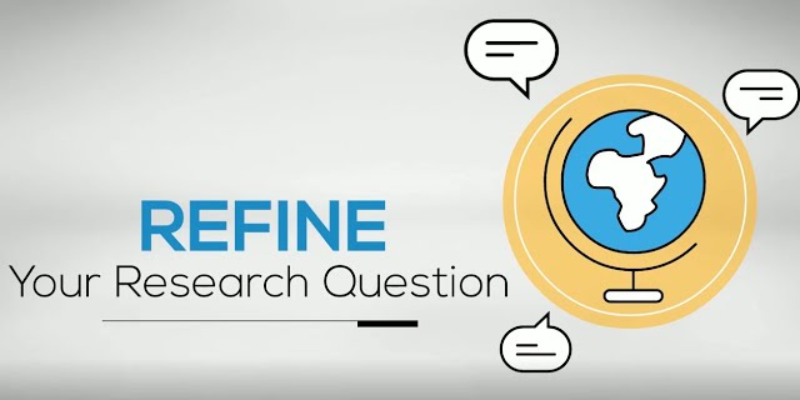In today’s increasingly interconnected business environment, the concept of partnership marketing has gained substantial traction. Partnership marketing, also known as alliance marketing or co-marketing, is a strategic collaboration where two or more businesses join forces to promote their products or services collectively. This approach shifts the traditional competitive mindset towards a more collaborative strategy, allowing businesses to leverage each other’s strengths and resources for mutual benefit. Such collaborations can manifest in various forms, including joint promotions, product bundling, cross-promotions, co-branding, and event sponsorship.
The Concept and Rationale of Partnership Marketing
The foundation of partnership marketing lies in the synergy that can be achieved when businesses with complementary strengths work together. According to Fill (2013), the essence of partnership marketing is to create a situation where the combined efforts of the participating companies yield better results than they would achieve independently. This strategic alliance allows businesses to access new markets, enhance brand visibility, and share the costs and risks associated with marketing campaigns.
Kerin and Hartley (2019) suggest that partnership marketing is particularly beneficial in industries where market saturation or intense competition makes traditional marketing approaches less effective. By partnering with a competitor or a complementary business, companies can differentiate themselves from the competition, offering customers unique value propositions that they might not find elsewhere.
Forms of Partnership Marketing
1.0 Joint Promotions
Joint promotions involve businesses collaborating on advertising or promotional campaigns to reach a broader audience. This could include co-branded marketing materials, shared social media campaigns, or joint events. For instance, Starbucks and Spotify have engaged in joint promotions where customers can enjoy Spotify’s premium service with a Starbucks membership (Kotler, Keller, & Brady, 2016). This partnership allows both companies to tap into each other’s customer base, thereby expanding their reach and enhancing customer engagement.
2.0 Product Bundling
Product bundling is another popular form of partnership marketing where two companies bundle their products or services together to offer customers added value. A classic example is the partnership between Microsoft and Intel, where Intel processors are bundled with Microsoft’s Windows operating system in personal computers. This strategy not only adds value to the consumer but also strengthens the relationship between the two companies, creating a formidable competitive edge in the technology market (Porter, 2008).
3.0 Cross-Promotions
Cross-promotion involves each partner promoting the other’s products or services to its own customer base. This strategy is particularly effective for businesses targeting similar demographics. For example, a fitness centre might collaborate with a health food store to cross-promote each other’s offerings, providing mutual benefits in terms of increased customer loyalty and sales (Lovelock & Wirtz, 2016).
4.0 Co-Branding
Co-branding is a more intensive form of partnership where two companies create a new product or service together under a joint brand. This approach allows both partners to leverage their brand equity and appeal to new customer segments. A notable example is the partnership between Nike and Apple, which led to the development of the Nike+ product line. This co-branded initiative combined Nike’s expertise in athletic wear with Apple’s technological prowess, resulting in a product that resonated strongly with both brands’ customer bases (Aaker & Joachimsthaler, 2000).
5.0 Event Sponsorship
Event sponsorship involves businesses sponsoring or co-hosting events together, such as conferences, trade shows, or community events. This strategy is particularly effective for reaching targeted audiences and enhancing brand visibility. For example, the long-standing partnership between Coca-Cola and the Olympic Games has allowed Coca-Cola to maintain a global presence and reinforce its brand image as a symbol of celebration and unity (Brennan & Croft, 2012).
Benefits and Challenges
The benefits of partnership marketing are manifold. Businesses can achieve greater market penetration, reduce marketing costs, and enhance their brand image through strategic alliances. Moreover, partnership marketing fosters innovation by combining the expertise and resources of different companies (Varadarajan & Rajaratnam, 1986).
However, partnership marketing is not without its challenges. The success of such collaborations depends on clear communication, aligned objectives, and mutual trust between partners. Misaligned goals or unequal contribution of resources can lead to conflicts and undermine the partnership’s effectiveness (Hunt, Arnett, & Madhavaram, 2006).
Partnership marketing represents a powerful strategy for businesses looking to expand their reach, increase brand awareness, and drive sales through mutually beneficial collaborations. By shifting from a competitive to a collaborative mindset, businesses can unlock new opportunities for growth and innovation. However, the success of partnership marketing depends on careful planning, clear communication, and a shared vision between the partnering companies.
References
Aaker, D. A., & Joachimsthaler, E. (2000) Brand Leadership. Free Press.
Brennan, R., & Croft, R. (2012) “The Role of Advertising in Commercial Partnerships”. European Journal of Marketing. 46(1/2), pp. 271-285.
Fill, C. (2013) Marketing Communications: Brands, Experiences, and Participation. Pearson.
Hunt, S. D., Arnett, D. B., & Madhavaram, S. (2006) “The Explanatory Foundations of Relationship Marketing Theory. Journal of Business & Industrial Marketing. 21(2), pp. 72-87.
Kerin, R. A., & Hartley, S. W. (2019) Marketing: The Core. McGraw-Hill Education.
Kotler, P., Keller, K. L., & Brady, M. (2016) Marketing Management. Pearson.
Lovelock, C., & Wirtz, J. (2016) Services Marketing: People, Technology, Strategy. Pearson.
Porter, M. E. (2008) Competitive Advantage: Creating and Sustaining Superior Performance. Free Press.
Varadarajan, P. R., & Rajaratnam, D. (1986) “Symbiotic Marketing Revisited”. Journal of Marketing. 50(1), pp. 7-17.













